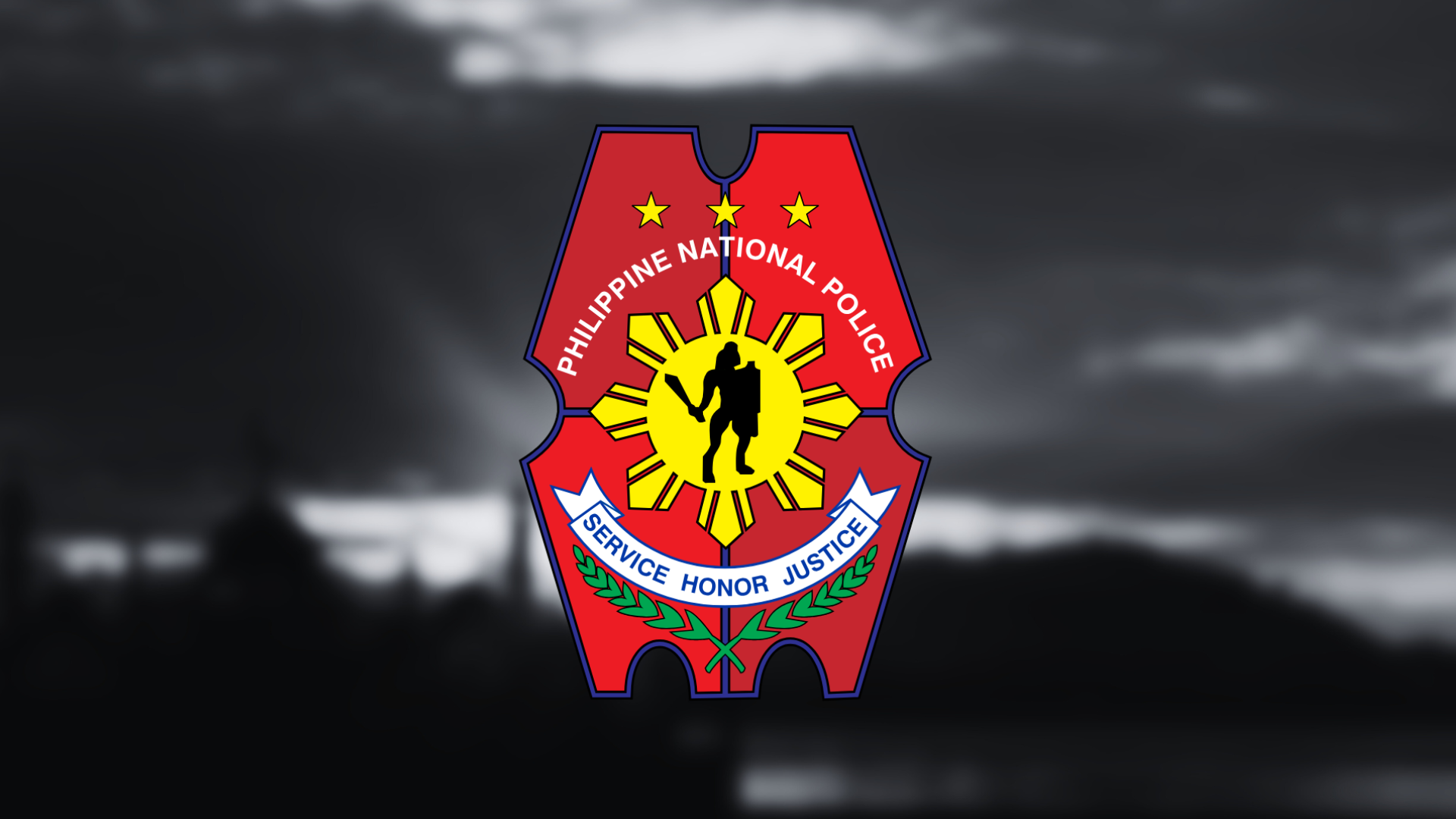Risk management is the hip new phrase in these disaster-ridden times. And it’s not just about preparing for super typhoons. You need to protect yourself, your family, and your properties from a barrage of natural calamities. While short-term survival relies heavily on common sense, risk management is all about long-term goals. “Risk management is part of financial planning and it compasses a lot of fields, which is basically risk transfer on property, human lives, and, of course, taking care of the financial side,” says International Association of Registered Financial Consultants (IARFC) Officer-In-Charge Antonio Balmori, also a risk management practitioner.
The IARFC, a non-profit organization of financial planners, recently staged its first educational program to inform, prepare, and plan in case of natural disasters. The seminar mostly took on the effects of calamities to financial markets, the government’s readiness, and the insurance response. The goal of risk management includes stabilized financial results, the fulfillment of regulatory requirements, and improved value creation for stakeholders and efficient capital. If you are an employee and your company has all these fail-safe plans, job security would be the least of your problems. Republic Surety and Insurance Company, an insurance company acquired by Meralco last 2007 which acts as the captive insurer of its assets, looks at the monetary aspect of both the insurable and non-insurable risks.
“While you may already have your insurance, your program may not be enough to prevent you from other losses,” warns Surety President Pedro Benedicto Jr. “For example, there are deductibles that are imposed on insurance products. While you (set aside) a budget for your insurance expenses for catastrophe, you must also put a budget for those deductibles, and other costs of disaster planning. So don’t assume that when you have insurance, everything is taken care of. These are things that you must look at. Don’t just look at insuring against disaster, but also (possible) negligence on your part, such as injury to others and injury to the property of others.”
“Risk management should be an everyday function in our lives,” Balmori adds. “If you go outside and it’s raining, you do risk management. It’s a practical day-to-day activity and you definitely need to use your common sense.”
Earthquakes, typhoons, volcanic eruptions, flood, and tsunamis—there is really nothing we can do to stop these from happening. But we can cushion the severity of the impact to our lives by being prepared even before there is a threat of disaster.
Sidebar:
Leverage For your Coverage
“The usual standard coverage of non-insurance doesn’t include those that are known as “acts of God,” says Bernard Ramos, Underwriting Manager for Standard Insurance, referring to vehicles or properties destroyed by recent typhoons Ondoy and Pepeng. “But if you really want to have your properties insured, we can work on that. It all depends, though, as there are some insurance companies that don’t insure properties in flood-prone places such as Cainta, Pasig, or Marikina.”
Here are just some of the things you need to do:
- Approach a non-insurance company. You will be drafted a policy that fits your needs.
- Secure an additional premium for an additional coverage. Talk to your insurance agent about it.
- There are no requirements needed so it should be easy to get insurance.






